Home>Garden Essentials>How To Care For Dichondra Ground Cover
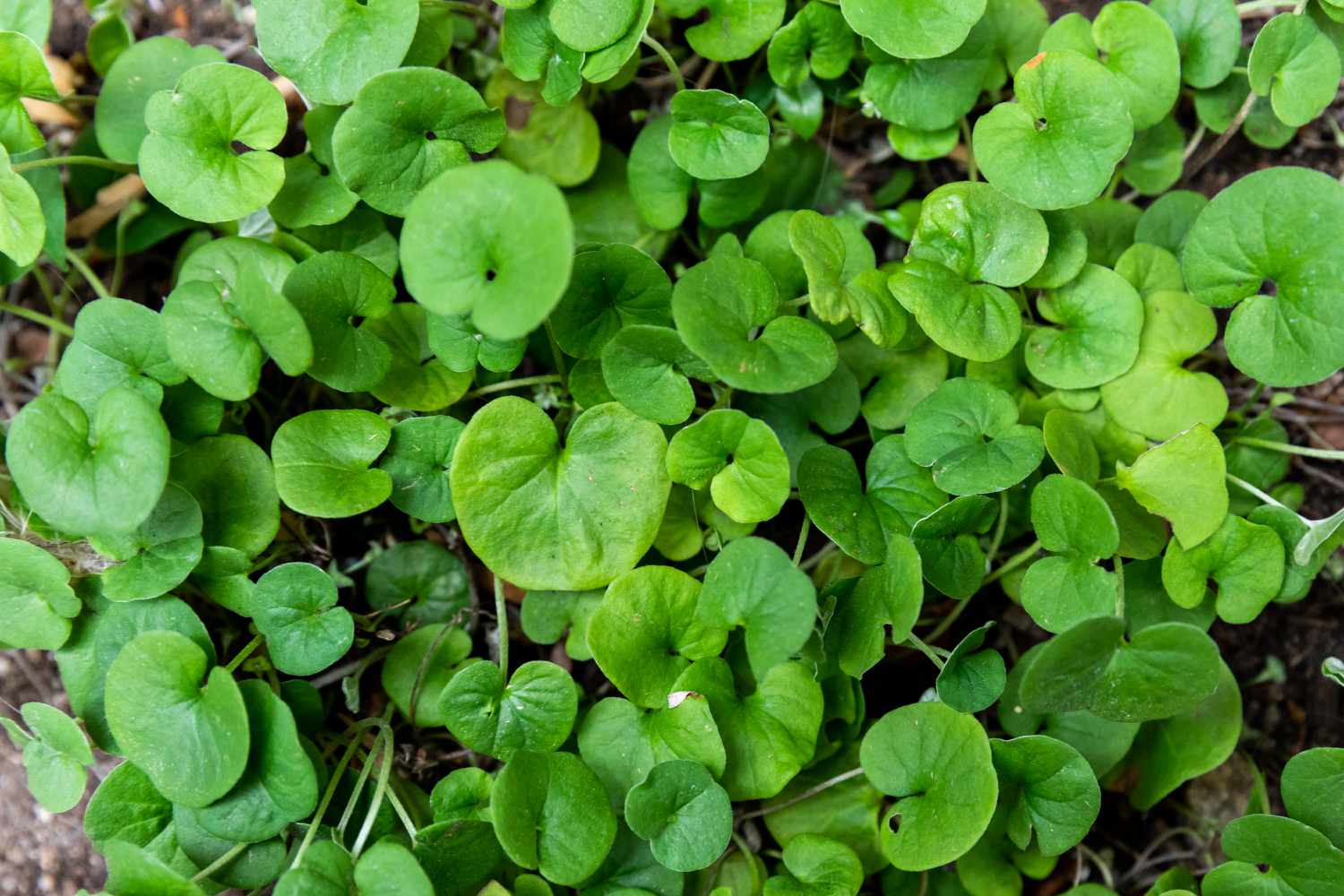

Garden Essentials
How To Care For Dichondra Ground Cover
Modified: May 6, 2024
Learn how to care for dichondra ground cover in your garden to maintain its vibrant and lush appearance. Discover essential tips and techniques for successful gardening.
(Many of the links in this article redirect to a specific reviewed product. Your purchase of these products through affiliate links helps to generate commission for Storables.com, at no extra cost. Learn more)
Introduction
Welcome to our comprehensive guide on how to care for dichondra ground cover! If you’re looking to add a touch of beauty and elegance to your garden, dichondra ground cover is an excellent choice. With its lush green foliage and low-maintenance nature, dichondra is a versatile plant that can enhance the look of any landscape.
Dichondra, also known as ponyfoot or kidney weed, is a herbaceous perennial native to North America. Its delicate, round leaves and trailing stems create a stunning carpet-like effect, making it a popular choice for ground cover in gardens, lawns, and landscapes. Whether you want to replace your existing turfgrass, fill in bare spots, or create a beautiful border, dichondra is an excellent alternative that requires less water, fertilizer, and maintenance compared to traditional grass.
While dichondra is a relatively easy plant to grow, it still requires proper care and attention to thrive. In this guide, we will walk you through the essential aspects of caring for dichondra ground cover, from choosing the right location to dealing with pests and diseases. By following these tips, you’ll be able to maintain a healthy and vibrant dichondra ground cover that will enhance the overall beauty of your garden.
So let’s embark on this gardening journey together and learn everything you need to know about caring for dichondra ground cover!
Key Takeaways:
- Dichondra ground cover is a low-maintenance, visually appealing plant that can thrive in various conditions. By providing proper care, including watering, fertilizing, and pest control, you can enjoy a lush and vibrant garden.
- During winter, protect your dichondra from frost and freezing temperatures, reduce watering, and conduct necessary pruning. By following these winter care tips, you can ensure the survival and health of your dichondra ground cover.
Read more: How To Remove Ground Cover
Benefits of Dichondra Ground Cover
Dichondra ground cover offers a range of benefits that make it a popular choice for gardeners and landscapers. Let’s explore some of the key benefits of incorporating dichondra into your landscape:
- Low maintenance: Unlike traditional grass, dichondra ground cover requires less maintenance. It has a slower growth rate, which means less mowing. Additionally, dichondra is drought-tolerant, reducing the need for frequent watering. With minimal effort, you can enjoy a lush and vibrant ground cover.
- Excellent ground stabilizer: The mat-forming nature of dichondra makes it an excellent ground stabilizer. It spreads horizontally, creating a dense carpet that helps prevent soil erosion on slopes and holds the soil in place. This can be particularly beneficial in areas prone to rainfall or where soil erosion is a concern.
- Versatile use: Dichondra can be used in various ways to enhance your landscape. It is an ideal alternative to traditional grass lawns, especially in shady areas where it can be challenging to grow turfgrass. Dichondra ground cover is also well-suited for filling in gaps between pavers, borders, and as a decorative edging around flower beds.
- Drought-tolerant: With increasing concerns about water conservation, choosing drought-tolerant plants like dichondra is a wise choice. It has deep roots that allow it to access water from lower soil levels, making it more resilient during periods of drought. This not only helps to conserve water but also reduces the need for frequent irrigation.
- Aesthetically pleasing: The vibrant green foliage of dichondra adds a touch of beauty and elegance to any landscape. Its small, kidney-shaped leaves create a visually appealing carpet-like effect, transforming dull areas into eye-catching focal points. Whether used as a primary ground cover or as an accent plant, dichondra can enhance the overall aesthetics of your garden.
- Soft texture: Unlike traditional grass that can be prickly or coarse, dichondra ground cover has a soft and velvety texture. This makes it a great choice for areas where children play or where you frequently walk barefoot. The gentle touch of dichondra leaves can provide a refreshing and comfortable experience in your outdoor spaces.
With its low maintenance requirements, versatility, and visual appeal, dichondra ground cover is an excellent choice for both residential and commercial landscapes. By adding dichondra to your garden, you can enjoy a beautiful and sustainable ground cover that offers a range of practical and aesthetic benefits.
Choosing the Right Location for Dichondra
Choosing the right location is crucial for the success of your dichondra ground cover. Here are a few factors to consider when selecting the perfect spot:
- Sunlight: Dichondra thrives in areas with partial shade to full sun. While it can tolerate some shade, it performs best when exposed to at least 4-6 hours of direct sunlight daily. Consider the sun patterns in your garden and choose a location that provides the optimal amount of sunlight for dichondra to grow and flourish.
- Soil drainage: Dichondra prefers well-drained soil to prevent waterlogging, which can lead to root rot. Ensure that the location you choose has good drainage to prevent standing water. If your soil tends to hold water, you can improve drainage by amending the soil with organic matter or creating raised beds.
- Soil pH: Dichondra thrives in slightly acidic to neutral soil conditions, with a pH range of 6.0 to 7.0. Test the soil pH in your preferred location using a soil testing kit. If the pH is not within the optimal range, you can adjust it by adding amendments such as compost, peat moss, or sulfur.
- Space availability: Consider the space available in the chosen location. If you plan to use dichondra as a ground cover, ensure that there is enough room for it to spread and fill in the area. Take into account its growth habit and plan accordingly to give it room to thrive without overcrowding other plants or structures.
- Accessibility: Choose a location that is easily accessible for maintenance activities such as watering, weeding, and pruning. This will make caring for your dichondra ground cover more convenient and enjoyable. If it is a high-traffic area, ensure that the soil can handle the foot traffic without compacting or damaging the plants.
By considering these factors, you can select an ideal location that provides the necessary sunlight, soil conditions, and space for your dichondra ground cover to flourish. Remember that dichondra is a versatile plant that can adapt to different conditions, but providing it with the optimal growing environment will ensure its healthy and vigorous growth.
Soil Requirements for Dichondra
The soil plays a crucial role in the health and growth of your dichondra ground cover. Here are the key soil requirements to ensure your dichondra thrives:
- Well-drained soil: Dichondra prefers well-drained soil that allows excess water to drain away. Avoid areas with heavy clay soil or compacted soil, as it can lead to waterlogging and root rot. If your soil doesn’t drain well, you can improve it by incorporating organic matter such as compost or well-rotted manure.
- Moisture retention: Although dichondra is drought-tolerant, it still requires consistent moisture to thrive. The soil should have the capacity to retain some moisture to keep the plants hydrated. Sandy soils tend to drain water quickly, so adding organic matter or using mulch can help improve moisture retention.
- Nutrient-rich soil: Dichondra prefers soil that is rich in nutrients. Prior to planting, amend the soil with organic matter such as compost, well-rotted manure, or a balanced slow-release fertilizer. This will provide a steady supply of nutrients to support healthy growth and vibrant foliage.
- pH level: Dichondra prefers slightly acidic to neutral soil with a pH range of 6.0 to 7.0. Test the soil pH in your garden using a soil testing kit. If the pH is too acidic (below 6.0), you can raise it by adding lime. If it is too alkaline (above 7.0), you can lower it by adding organic matter or sulfur.
- Loose and well-aerated soil: Dichondra thrives in loose, well-aerated soil that allows the roots to penetrate easily and access nutrients. Avoid compacted soil, as it can hinder root growth and affect the overall health of the plants. If your soil is compacted, you can loosen it by aerating the area or incorporating organic matter.
It’s important to note that dichondra is adaptable to different soil conditions, but providing it with the ideal soil requirements will support its optimal growth and overall health. Regularly monitor the moisture level of the soil and adjust your watering schedule accordingly to ensure that your dichondra ground cover remains healthy and vibrant.
Watering and Irrigation
Proper watering is essential for the health and vitality of your dichondra ground cover. Here are some guidelines to ensure you’re watering your plants effectively:
- Establishment period: During the initial establishment period, it’s crucial to keep the soil consistently moist to encourage root development. Water the dichondra ground cover regularly, aiming for a deep watering that penetrates the root zone. This will help the plants establish a strong root system that can better withstand drought conditions in the future.
- Frequency of watering: Once established, dichondra is relatively drought-tolerant, but it still requires regular watering to thrive. Water your dichondra ground cover when the soil starts to dry out. The frequency of watering will vary depending on the climate, soil type, and rainfall. Generally, it’s recommended to water dichondra deeply 1-2 times per week during dry periods.
- Watering depth: When watering dichondra, aim for a deep watering that reaches the entire root zone. Shallow watering can lead to shallow root growth, making the plants more susceptible to drought stress. Watering deeply encourages the roots to grow deeper into the soil, enabling them to access moisture from lower levels.
- Time of day: Watering in the early morning or late afternoon is ideal as it allows the foliage to dry before nightfall. This helps prevent the development of fungal diseases, which can occur if the leaves remain wet for an extended period. Avoid watering during the hottest part of the day to minimize water evaporation.
- Avoid overwatering: While dichondra requires regular watering, it’s important to avoid overwatering. Overwatering can lead to waterlogged soil, which can suffocate the roots and create favorable conditions for fungal diseases. Monitor the moisture level of the soil and adjust your watering schedule accordingly to prevent excessive moisture.
- Mulching: Applying a layer of organic mulch around the dichondra ground cover can help conserve moisture and reduce weed growth. Mulch acts as a barrier, reducing evaporation and keeping the soil cool. It also helps prevent the growth of competing weeds that can steal nutrients and water from the dichondra plants.
Remember that the watering needs of dichondra may vary depending on your specific growing conditions. Regularly monitor the soil moisture and adjust your watering schedule as needed. By providing appropriate irrigation, you can ensure the health and vitality of your dichondra ground cover and enjoy a lush, green carpet in your garden.
Read more: Ground Cover: How Far Apart
Fertilizing Dichondra
Fertilizing dichondra ground cover is essential to provide the necessary nutrients for healthy growth and vibrant foliage. Here are some tips for fertilizing dichondra:
- Soil test: Before applying fertilizer, it’s beneficial to conduct a soil test to determine the nutrient levels and pH of the soil. This will help you understand if any specific nutrients are lacking and if the pH needs adjustment. You can consult your local agricultural extension office or use a DIY soil testing kit.
- Choosing the right fertilizer: For dichondra, it’s generally recommended to use a balanced slow-release fertilizer with an N-P-K ratio (nitrogen-phosphorus-potassium) of 10-10-10 or similar. This will provide a steady release of nutrients over time, promoting even growth and minimizing the risk of fertilizer burn.
- Application timing: The best time to fertilize dichondra is during its active growth period, which is typically in the spring and early summer. Avoid fertilizing in the winter when the growth slows down. If needed, you can also apply a light dose of fertilizer in the fall to support root development during the winter months.
- Application rate: Follow the instructions on the fertilizer packaging for the recommended application rate. Generally, you can apply about 1 pound of fertilizer per 1,000 square feet of dichondra ground cover. It’s important not to over-fertilize, as excessive nutrients can lead to excessive growth, weak stems, and increased susceptibility to pests and diseases.
- Application method: Spread the fertilizer evenly over the soil surface, taking care to avoid direct contact with the leaves of the dichondra plants. Water the area thoroughly after fertilization to ensure that the nutrients penetrate the soil and reach the root zone.
- Maintain proper watering: Adequate watering is essential after applying fertilizer to ensure the nutrients are properly absorbed by the roots. Watering also helps prevent fertilizer burn by diluting any concentrated fertilizer that may have accidentally come into contact with the leaves.
- Regular maintenance: Continue to monitor the growth and appearance of your dichondra ground cover throughout the season. If you notice signs of slow growth, pale foliage, or nutrient deficiencies, you may need to apply additional fertilizer. However, it’s important to avoid excessive fertilization, as it can lead to imbalances and detrimental effects on the plants.
By following these fertilization guidelines, you can provide the necessary nutrients for your dichondra ground cover to thrive and maintain its lush, vibrant appearance. Remember to always read and follow the instructions on the fertilizer packaging, and adjust your fertilizing schedule based on the specific needs of your dichondra and your local growing conditions.
Controlling Weeds in Dichondra
Managing weeds in dichondra ground cover is essential to maintain its health, appearance, and overall effectiveness as a ground cover. Here are some effective strategies for controlling weeds:
- Healthy and dense growth: Promote a healthy and dense dichondra ground cover by providing optimal growing conditions, including proper watering, fertilization, and sunlight. When dichondra is thriving, it naturally forms a thick carpet that reduces the space available for weeds to grow. Healthy plants are also better equipped to compete with weeds for resources.
- Hand pulling: Regularly inspect your dichondra ground cover and manually remove any visible weeds by hand pulling. Be careful not to disturb the dichondra plants while doing so. This method works well for isolated weeds or small patches of weeds.
- Mulching: Apply a layer of organic mulch, such as wood chips or straw, around the dichondra plants. Mulch acts as a natural weed suppressant by blocking sunlight and preventing weed seeds from germinating. Ensure that the mulch layer is not too thick, as it may smother the dichondra plants.
- Pre-emergent herbicides: Pre-emergent herbicides can be effective in preventing weed seeds from germinating and establishing in your dichondra ground cover. Apply the herbicide according to the instructions on the packaging, taking care to choose one that is labeled safe for use with dichondra. Follow all safety precautions and guidelines when using herbicides.
- Spot treatments: For stubborn and persistent weeds, spot treatments with a selective herbicide can be used. Apply the herbicide directly to the weed, avoiding contact with the dichondra plants. Selective herbicides target specific weed species while minimizing harm to the surrounding dichondra. Always read and follow the instructions and safety precautions provided by the herbicide manufacturer.
- Regular maintenance: Consistent and regular maintenance is key to weed control in dichondra ground cover. Keep the area well-maintained by removing fallen leaves, debris, and any plant material that can harbor weed seeds. Regularly monitor the area for new weed growth and take swift action to prevent them from spreading.
- Establishment practices: When initially establishing your dichondra ground cover, it’s crucial to prepare the site properly by removing any existing weeds or grass. Clear all vegetation, including the roots, to prevent them from regrowing and competing with the dichondra. Use a herbicide or manually remove weeds before planting dichondra.
By employing a combination of these strategies and staying vigilant with weed control, you can maintain a clean and weed-free dichondra ground cover. Remember that regular maintenance and preventive measures are key to effectively managing weeds and preserving the health and beauty of your dichondra.
Pruning and Mowing Dichondra
Pruning and mowing are important maintenance practices for keeping your dichondra ground cover healthy and well-groomed. Here are some guidelines to follow:
- Pruning: Periodic pruning helps to promote dense growth and maintain the overall appearance of your dichondra ground cover. Trim back any overgrown or straggly stems using sharp pruning shears or scissors. Aim to remove about one-third of the plant’s growth at a time to avoid stressing the plant. Focus on areas where the dichondra has become leggy or sparse, and shape the plant to maintain a uniform and neat appearance.
- Mowing: Mowing dichondra is an optional practice that can be done if you want to maintain a shorter and more manicured look. Use a sharp mower with a low setting to trim the dichondra to the desired height. However, keep in mind that dichondra naturally has a low and spreading growth habit, so it may not require regular mowing like traditional grass lawns.
- Mowing height: When mowing dichondra, it’s recommended to set the mower blades to a height of about 1-1.5 inches. This will help maintain the thickness of the ground cover and prevent the plants from becoming too tall and leggy. Avoid cutting the dichondra too short, as this can weaken the plants and make them more susceptible to stress and weed growth.
- Frequency of mowing: Dichondra typically does not require frequent mowing like traditional grass lawns. Mowing may be necessary if the dichondra starts to grow excessively tall or if you prefer a more manicured appearance. Monitor the growth of the dichondra and mow as needed, aiming to keep it at the desired height.
- Timing of pruning and mowing: Perform pruning and mowing during the active growing season of dichondra, which is typically in the spring and summer. This is when the plants are actively putting out new growth. Avoid pruning or mowing during periods of drought or stress, as it can further weaken the plants.
- Clean up debris: After pruning or mowing, be sure to clean up any debris or clippings from the dichondra ground cover. This helps prevent the accumulation of plant material, which can smother the plants and create a breeding ground for pests and diseases.
- Regular maintenance: In addition to pruning and mowing, regular maintenance practices such as removing weeds and debris, checking for pests or diseases, and providing proper watering and fertilization are crucial for the overall health and appearance of your dichondra ground cover.
By incorporating pruning and Mowing dichondra into your regular maintenance routine, you can keep your dichondra ground cover neat, healthy, and visually appealing. Remember to tailor these practices to the specific needs and growth habits of your dichondra, and always handle pruning and mowing equipment safely and with care.
Water dichondra ground cover deeply but infrequently to encourage deep root growth and drought tolerance. Avoid overwatering, as this can lead to root rot.
Dealing with Common Pests and Diseases
While dichondra ground cover is generally a hardy and resilient plant, it can still be susceptible to certain pests and diseases. Here are some common issues you may encounter and how to deal with them:
Read more: How To Kill Ivy Ground Cover
Pests:
- Aphids: These small, soft-bodied insects feed on the sap of the dichondra leaves, causing distortion and yellowing. Use a strong stream of water or insecticidal soap to wash away aphids from the plants. You can also introduce natural predators like ladybugs that feed on aphids.
- Whiteflies: Whiteflies are tiny, winged insects that suck sap from the leaves, causing them to turn yellow and wilt. Use yellow sticky traps to catch adult whiteflies and apply insecticidal soap or neem oil to control their population. Pruning or removing heavily infested leaves can also help manage whiteflies.
- Slugs and snails: These slimy pests can chew on the leaves of dichondra, leaving behind irregular holes. Use slug pellets or create barriers such as copper tape around the plants to prevent slugs and snails from reaching the dichondra. Handpicking them during evenings or early mornings can also be effective.
- Caterpillars: Several types of caterpillars, such as cutworms and armyworms, can feed on the dichondra leaves, causing significant damage. Handpick or use biological controls like Bacillus thuringiensis (Bt) to target and eliminate caterpillars. It’s important to identify the specific caterpillar species to choose the appropriate control method.
Diseases:
- Root rot: Overwatering or poorly drained soil can lead to root rot, causing wilting, yellowing, and stunted growth. To prevent root rot, ensure proper drainage and avoid overwatering the dichondra ground cover. If root rot has already occurred, improve drainage and consider applying a fungicide according to the instructions.
- Leaf spot: Leaf spot diseases can cause small, dark spots on the leaves, eventually leading to leaf yellowing and defoliation. To manage leaf spot, remove and destroy affected leaves, improve air circulation, and avoid overhead watering. Applying a fungicide may be necessary in severe cases.
- Rust: Rust is a fungal disease that appears as orange or yellowish-orange spore masses on the leaves. Remove and destroy infected leaves and avoid overhead watering. Applying a fungicide labeled for rust control can help manage the disease, following the instructions provided.
- Powdery mildew: Powdery mildew appears as a white, powdery substance on the leaves, causing them to turn yellow and become distorted. Improve air circulation, avoid overhead watering, and apply fungicides labeled for powdery mildew control if necessary. Pruning or removing heavily affected leaves can also help manage the disease.
Regularly inspect your dichondra ground cover for signs of pests and diseases. Early detection and prompt action can help prevent the spread and minimize damage. Remember to always follow the instructions on any pest control products or fungicides and use them according to the recommended dosage and application methods.
Maintaining proper cultural practices, such as providing adequate sunlight, proper watering, and good air circulation, can also help prevent pest and disease infestations. Healthy and vigorous dichondra plants are more resistant to pests and diseases, so focus on overall plant care to ensure robust growth and minimize the risk of problems.
Winter Care for Dichondra
Proper winter care is essential to ensure the survival and health of your dichondra ground cover during the colder months. Here are some tips to help you care for your dichondra during winter:
Protection from Frost and Freezing Temperatures:
- Covering: If frost or freezing temperatures are forecasted, cover your dichondra ground cover with frost blankets or mulch to provide some protection. This can help insulate the plants and prevent damage from extreme cold.
- Avoid walking on frozen plants: During freezing temperatures, avoid walking on the dichondra ground cover as the frozen leaves can be fragile and susceptible to damage. Stay off the area until the ground has thawed.
Read more: How To Remove Periwinkle Ground Cover
Maintenance and Care:
- Reduce watering: Adjust your watering schedule during winter to account for reduced plant growth and lower evaporation rates. While it’s important to prevent the soil from drying out completely, be cautious not to overwater, which can lead to root rot. Monitor the soil moisture and water only when necessary.
- Maintain cleanliness: Clear fallen leaves and debris from the dichondra ground cover regularly. Decaying organic matter can create favorable conditions for pests and diseases. It’s especially important to keep the area clean to prevent the accumulation of moisture and the proliferation of fungal diseases.
- Limit foot traffic: Minimize foot traffic on the dichondra ground cover during winter. Walking on the frozen or dormant plants can cause damage and compact the soil. Restrict access to the area and redirect foot traffic to protect the plants.
- Monitor for pests and diseases: Although pests and diseases are less common during winter, it’s still important to monitor your dichondra ground cover for any signs of infestation or disease. If necessary, take appropriate action to prevent the spread of pests or treat any emerging issues.
- Pruning: Winter is a good time to conduct any necessary pruning or shaping of your dichondra ground cover. Remove any dead or damaged plant material and trim back any overgrown branches or stems. Pruning will help rejuvenate the plant and encourage healthy growth when spring arrives.
Winter Dormancy:
It’s normal for dichondra to go into a period of dormancy during winter. The plants may appear less vibrant and have slower growth. This is a natural response to the colder temperatures and reduced sunlight. Avoid applying fertilizers during this time, as the plants are not actively growing and may not be able to effectively utilize the nutrients.
However, if you live in an area with mild winters, your dichondra ground cover may remain partially green and active. In such cases, continue to provide appropriate care based on the specific needs of your region and the current weather conditions.
By following these winter care tips, you can help protect and maintain the overall health of your dichondra ground cover during the colder months. Come spring, your dichondra will be ready to flourish once again and provide beauty to your garden or landscape.
Conclusion
Caring for dichondra ground cover can be a rewarding experience that adds beauty and elegance to your garden or landscape. With its lush green foliage and low-maintenance nature, dichondra is a versatile plant that can transform any space into a vibrant oasis. By following the tips and guidelines provided in this comprehensive guide, you can ensure the success of your dichondra ground cover and enjoy its multitude of benefits.
Choosing the right location, providing the proper soil conditions, and ensuring adequate watering and irrigation are key factors in the health and growth of dichondra. By understanding its specific needs and tailoring your care accordingly, you can create an optimal growing environment for this remarkable ground cover. Avoiding overwatering, properly fertilizing, and controlling weeds and pests are essential for its vitality.
Pruning and mowing dichondra, particularly during its active growing season, help maintain a neat and lush appearance. Regular maintenance, including monitoring for pests and diseases, is crucial to catch any issues early and prevent their spread. And during winter, taking appropriate steps to protect your dichondra from frost and freezing temperatures will ensure its survival and readiness for the coming spring.
As you care for your dichondra ground cover, don’t forget to appreciate its many benefits. Dichondra is not only visually appealing but also low maintenance, drought-tolerant, and can serve as an excellent ground stabilizer. It offers a soft texture and versatile use, making it an excellent alternative to traditional grass lawns.
Remember to enjoy the journey of caring for your dichondra ground cover. Observing its growth, witnessing its beauty, and relishing in the rewards of your efforts will bring joy and fulfillment to your gardening experience. With proper care and attention, your dichondra ground cover will thrive, creating a mesmerizing carpet that will be the envy of your neighbors and a source of pride for yourself.
So take advantage of the knowledge you’ve gained from this guide and embark on a successful journey of caring for dichondra ground cover. Your garden will be transformed into a lush and vibrant paradise in no time!
Now that you've mastered caring for dichondra as a lush ground cover, why not broaden your gardening horizons? Delving into other suitable plants can provide your garden with a variety of textures and colors. Our next article discusses various types that thrive in different environments, ensuring your outdoor spaces remain vibrant year-round. Get all the details on selecting the perfect options for any area of your garden, whether shaded or sun-drenched.
Frequently Asked Questions about How To Care For Dichondra Ground Cover
Was this page helpful?
At Storables.com, we guarantee accurate and reliable information. Our content, validated by Expert Board Contributors, is crafted following stringent Editorial Policies. We're committed to providing you with well-researched, expert-backed insights for all your informational needs.
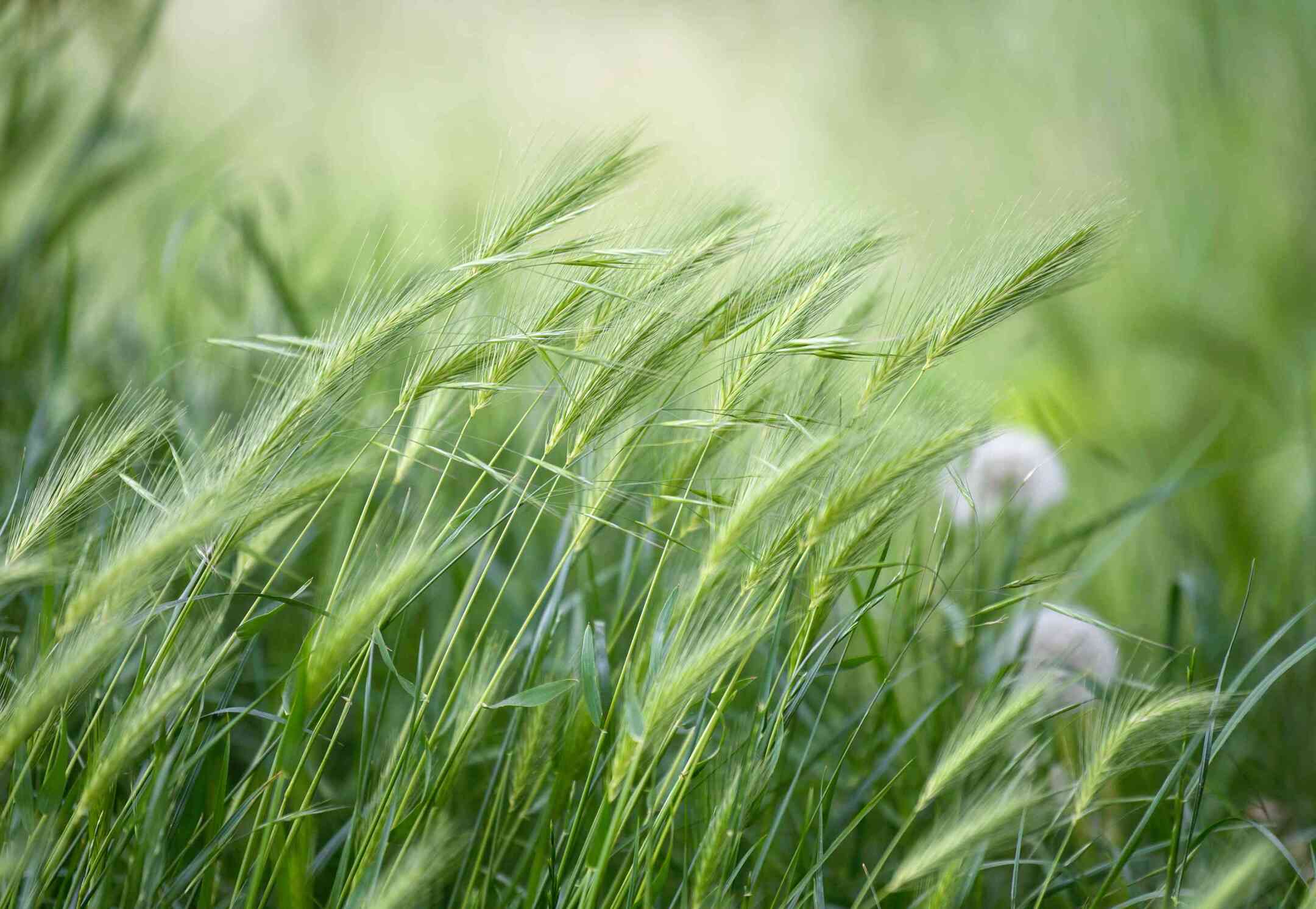
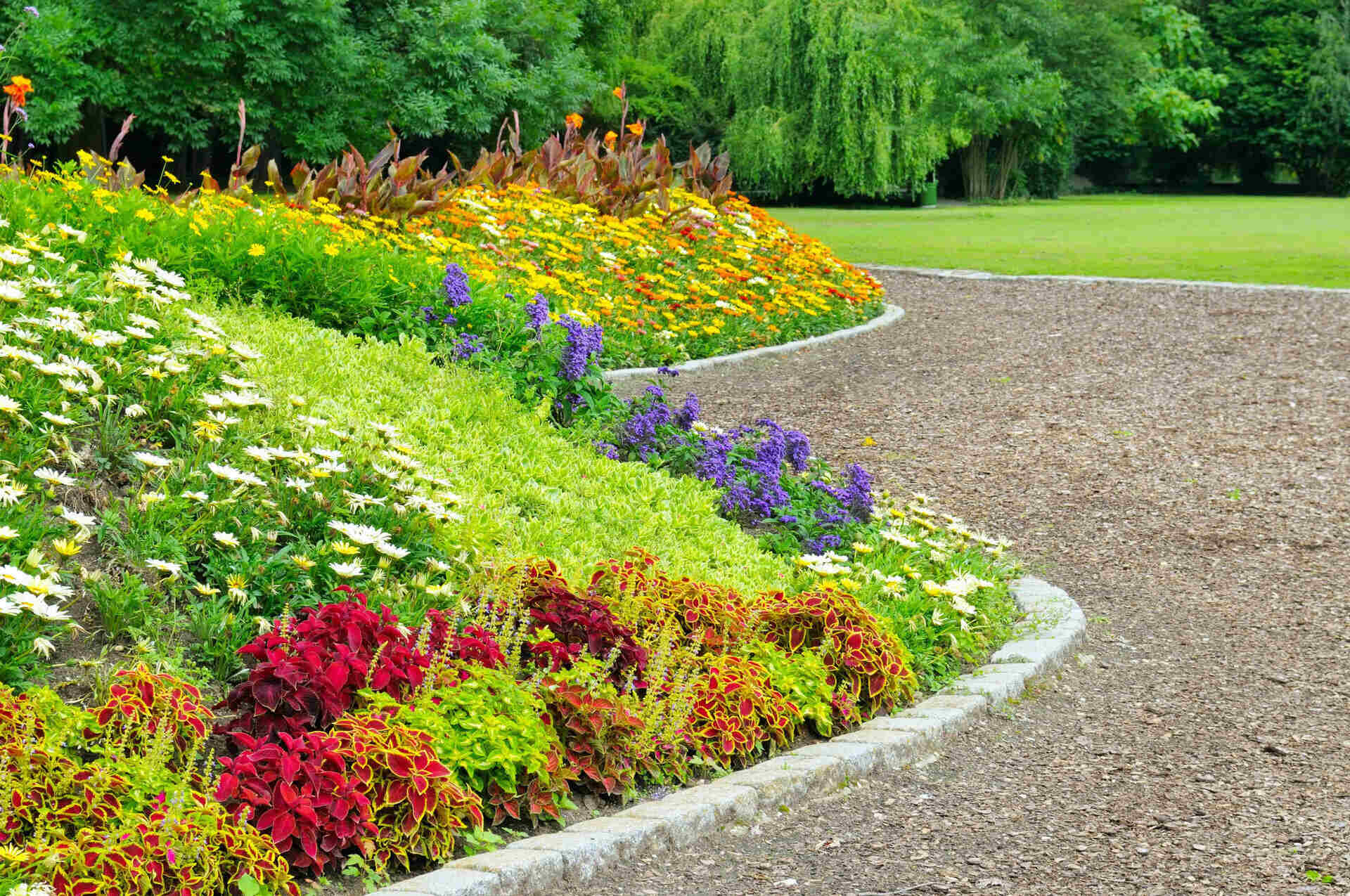


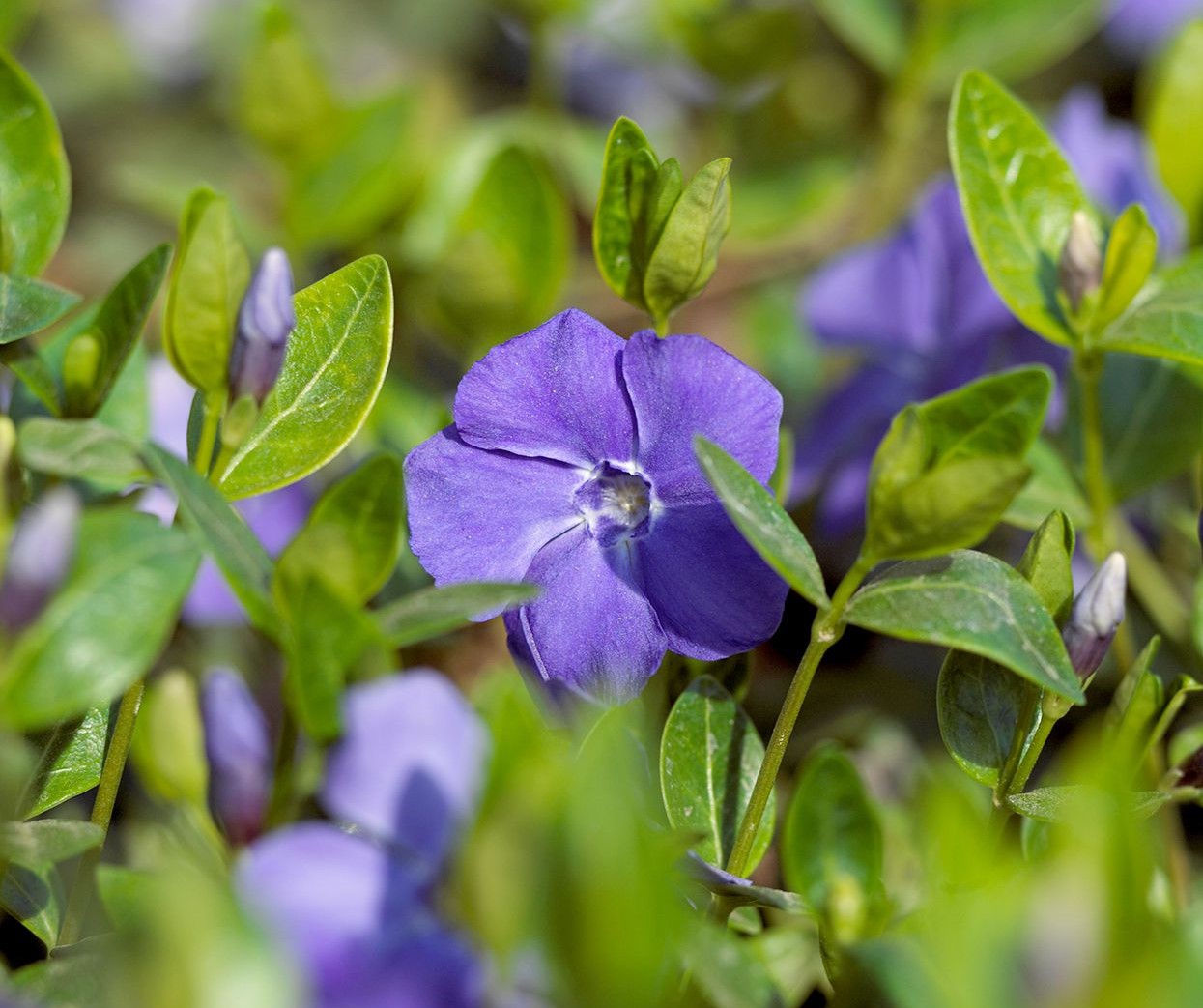

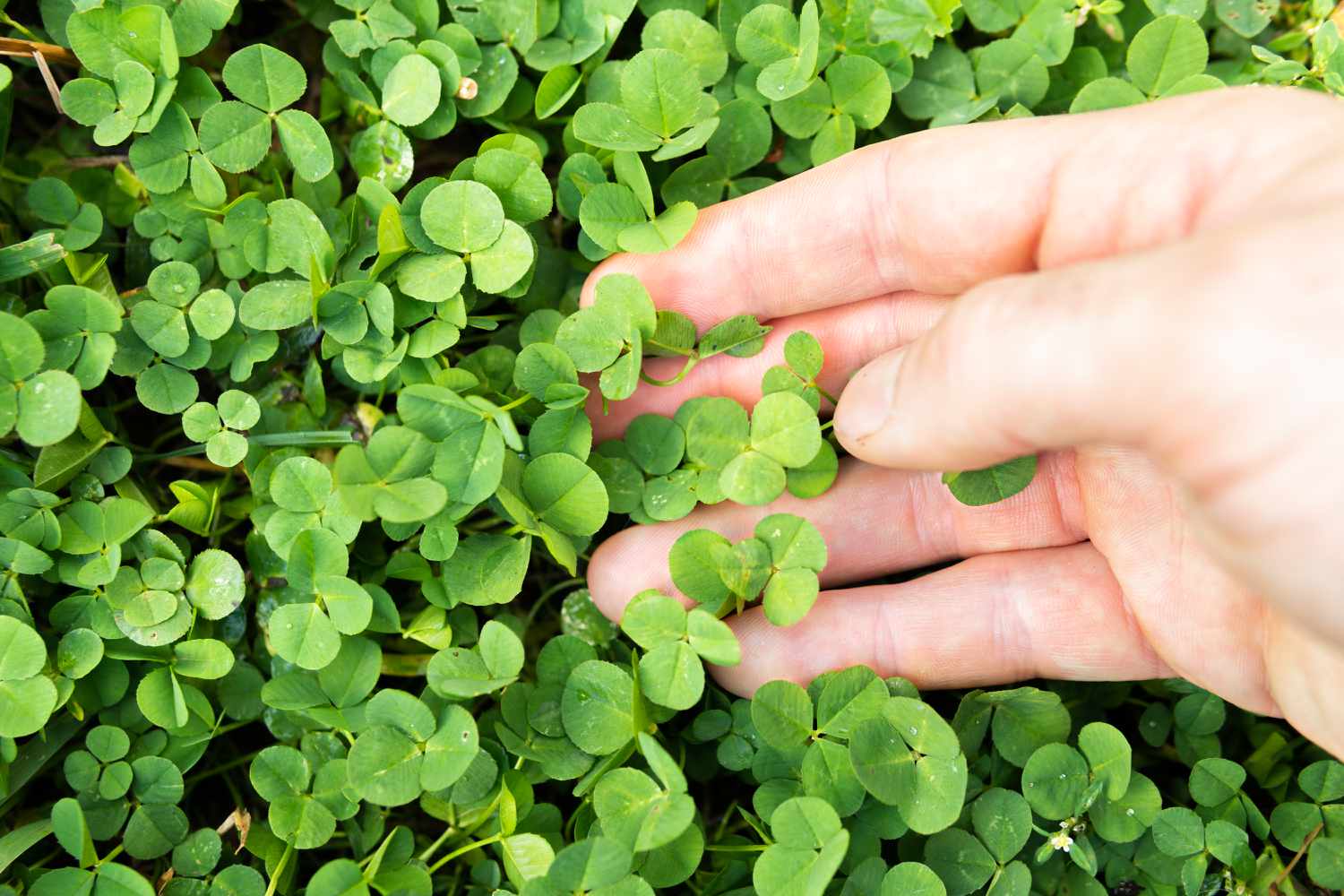
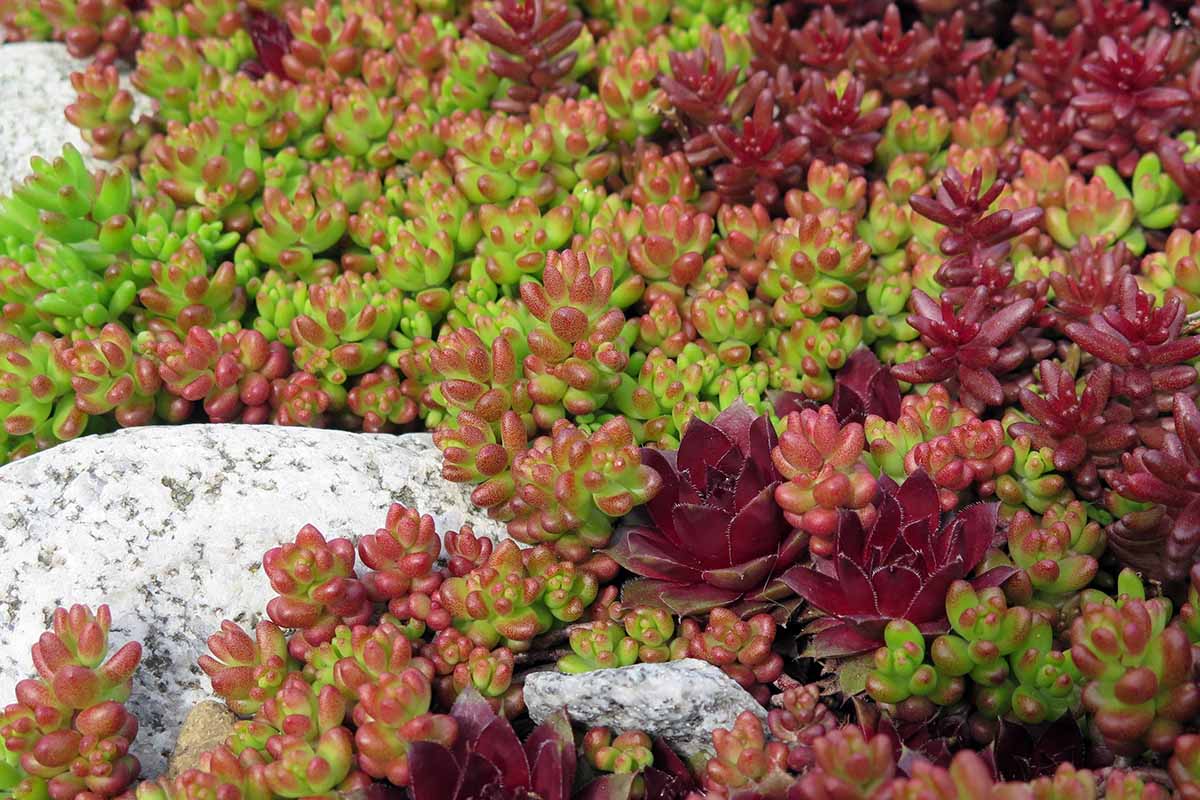
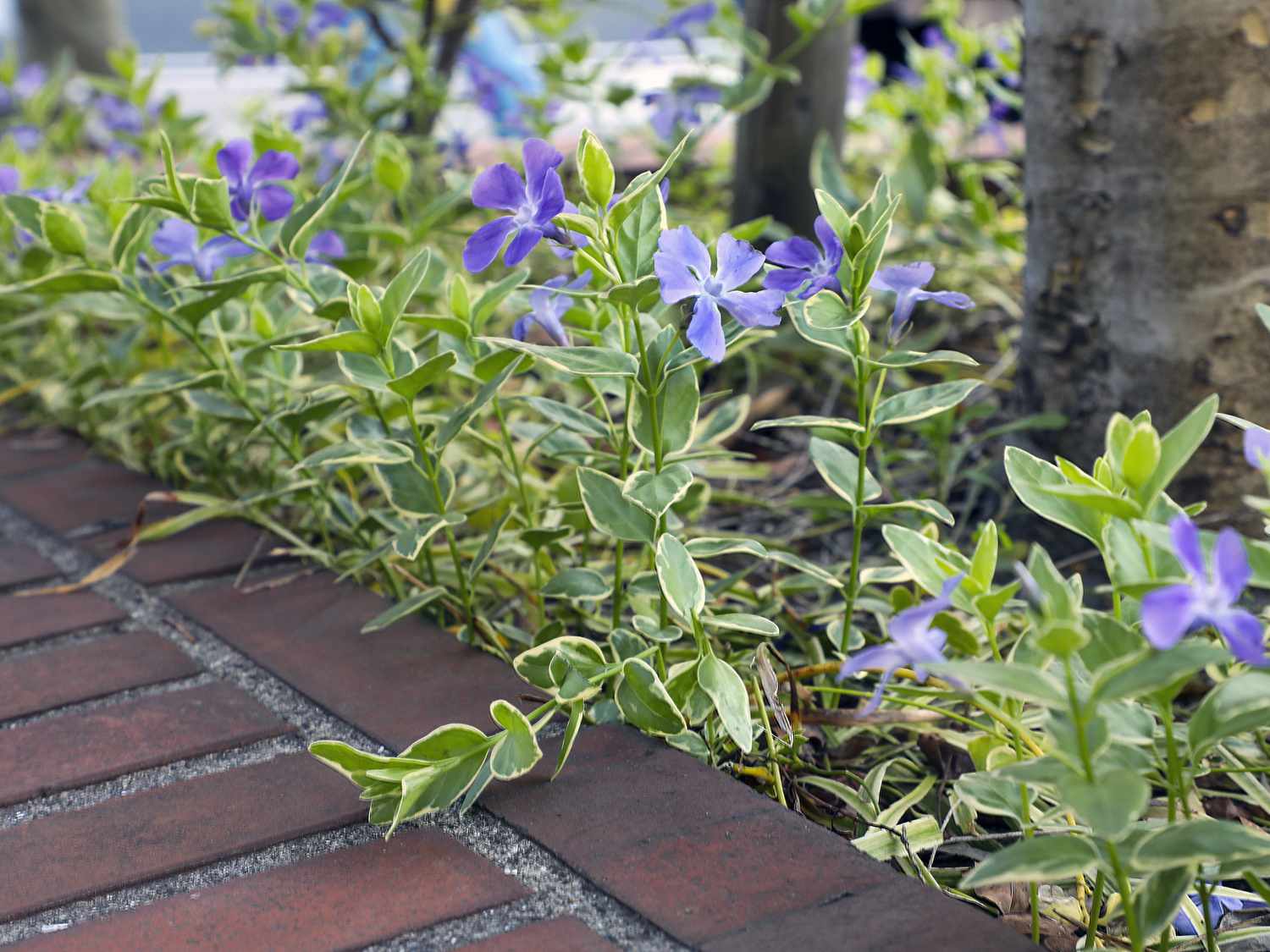
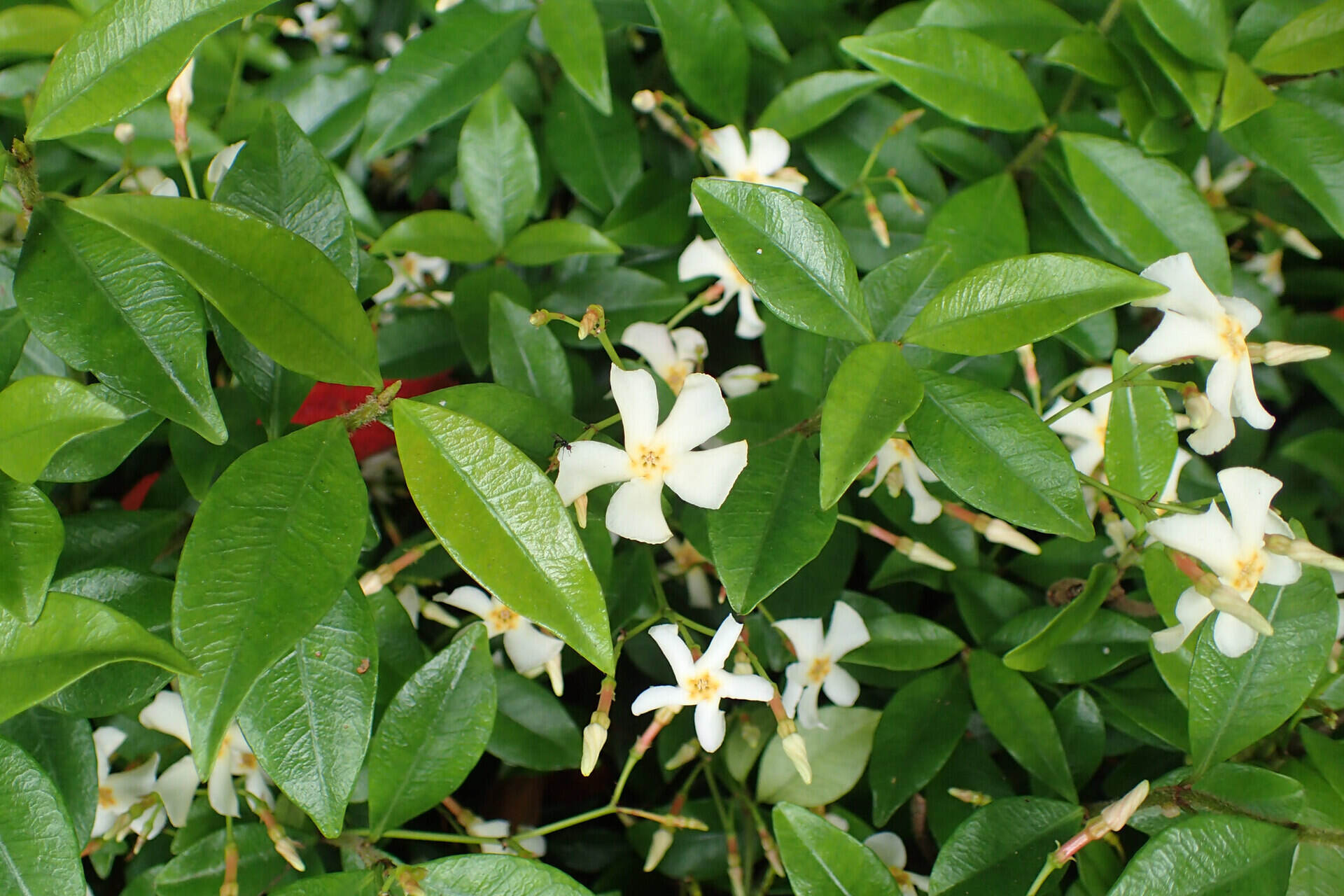
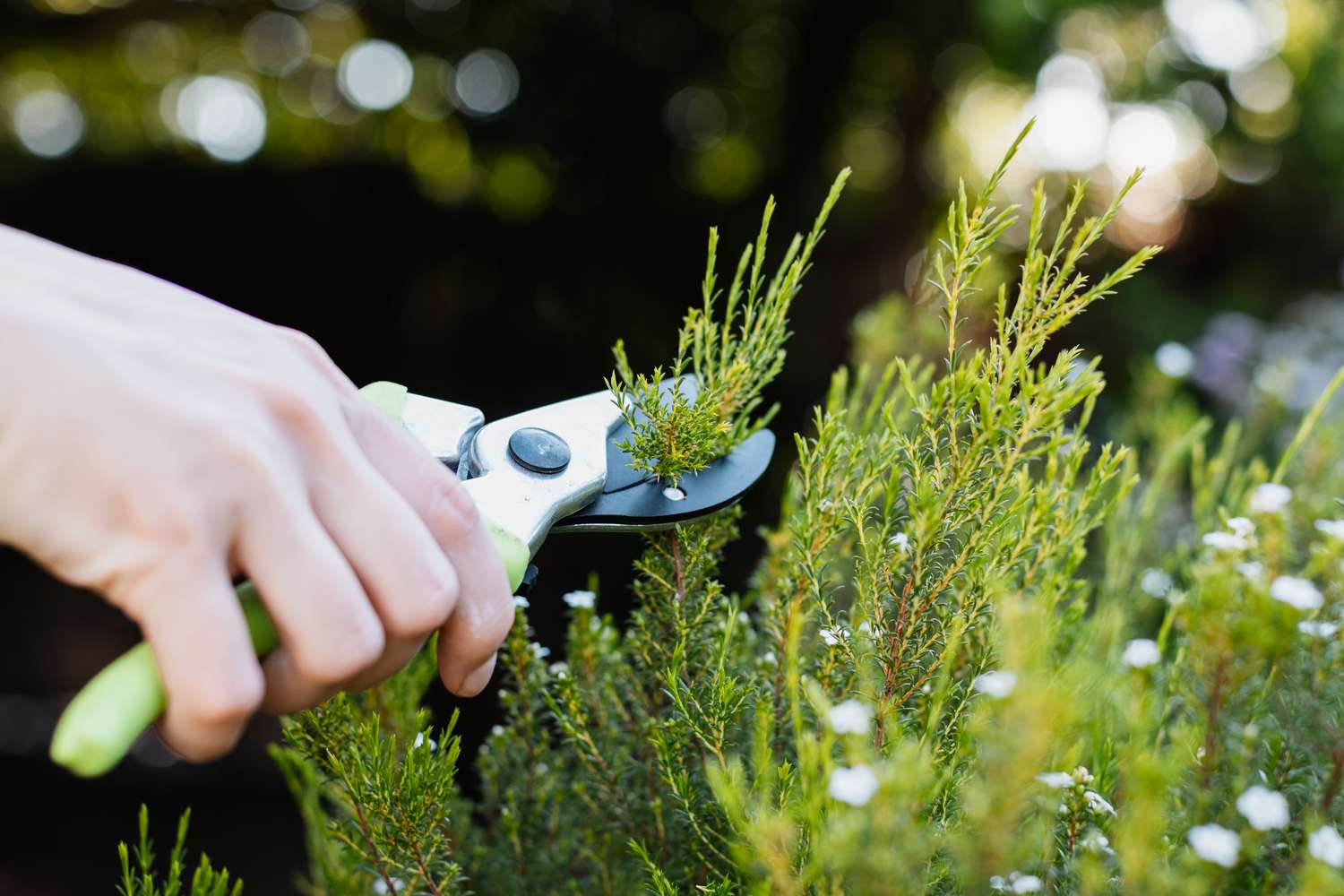
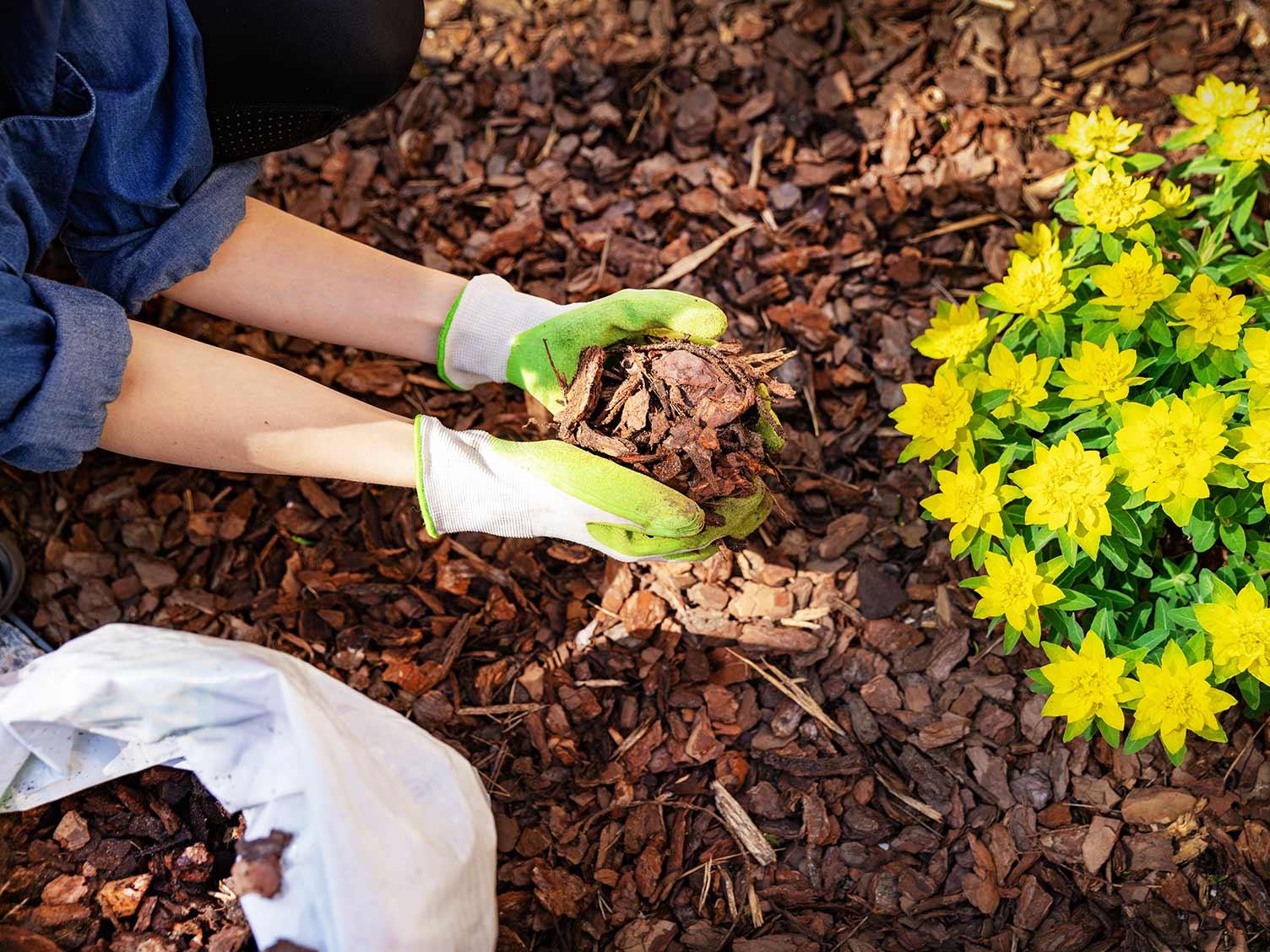

0 thoughts on “How To Care For Dichondra Ground Cover”